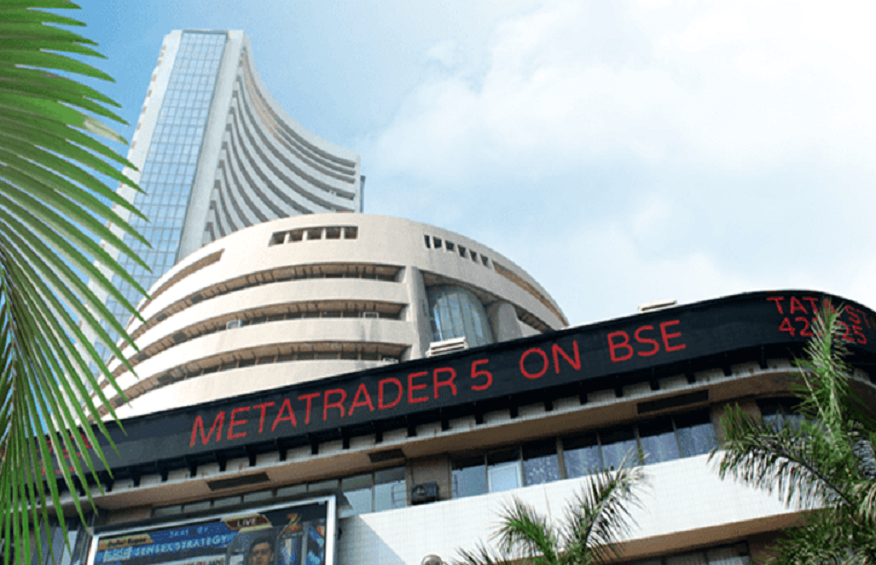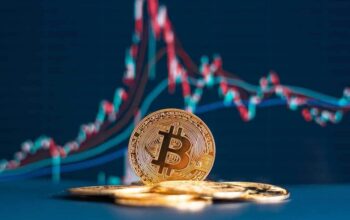As the Indian economy continues to evolve, the BSE remains a dynamic institution at the heart of the financial ecosystem, nurturing aspirations and propelling India towards greater prosperity. The bse originated as Asia’s first stock exchange in 1875, amid the backdrop of a flourishing commercial community in Bombay (now Mumbai). If you are an ardent investor, you must become acquainted with the workings of the Bombay Stock Exchange:
A Brief Historical Overview: From Humble Beginnings to Prominence
The roots of the BSE trace back to a group of five stockbrokers who gathered under a banyan tree in Mumbai’s Dalal Street, engaging in informal trading activities. Their vision was to create a formalized marketplace that would facilitate transparent and regulated transactions. Thus, on July 9, 1875, the Native Share & Stock Brokers’ Association was born, which later came to be known as the Bombay Stock Exchange. Over the years, the BSE has witnessed significant milestones and transformations. It gained recognition as a stock exchange under the Securities Contracts (Regulation) Act of 1956, paving the way for its rapid expansion. The introduction of electronic trading in the 1990s further revolutionized the BSE’s operations, making it a technologically advanced institution at the forefront of India’s financial landscape.
Listing and Trading: How Companies Make Their Mark
Listing on the BSE provides companies with a gateway to raise capital and access the vast investor base of India. To be listed, companies must meet specific eligibility criteria and comply with stringent regulatory requirements, ensuring transparency and safeguarding the interests of investors. Once listed, these companies gain visibility and credibility, enhancing their reputation in the market which opens the path for trading.
Index of Success: Nifty, Sensex, and Other BSE Indices
BSE is synonymous with its benchmark indices, most notably the Sensex and the Nifty. The Sensex, comprising 30 actively traded stocks, serves as a barometer of the overall market sentiment and is often referred to as the pulse of the Indian stock market. On the other hand, the Nifty, managed by the National Stock Exchange, consists of 50 prominent stocks and reflects the performance of the broader market.
Trading Mechanisms
The BSE employs an electronic trading platform known as BSE StAR (Stocks, Bonds, and Rupee). It provides a seamless and efficient trading experience for market participants. The exchange operates in various market segments, including equity, derivatives, debt, and currency. BSE StAR facilitates order matching, trade execution, and real-time market data dissemination.
Market Participants and Investor Engagement
The BSE attracts a wide array of market participants, including institutional investors, retail investors, corporates, and foreign portfolio investors. Through its extensive reach and comprehensive investor education initiatives, the exchange aims to empower individuals and organizations to make informed investment decisions. The BSE’s investor-centric approach fosters inclusivity and drives engagement in the capital market ecosystem.
Wrapping Up:
Thus, we can say that investors, traders, and market aficionados can achieve financial success by learning the ins and outs of the BSE and then trading via reliable platforms like 5paisa. The BSE, with its rich history, strong regulatory framework, and various market offers, is at the heart of India’s economic narrative, driving innovation, wealth creation, and determining the future of finance!



